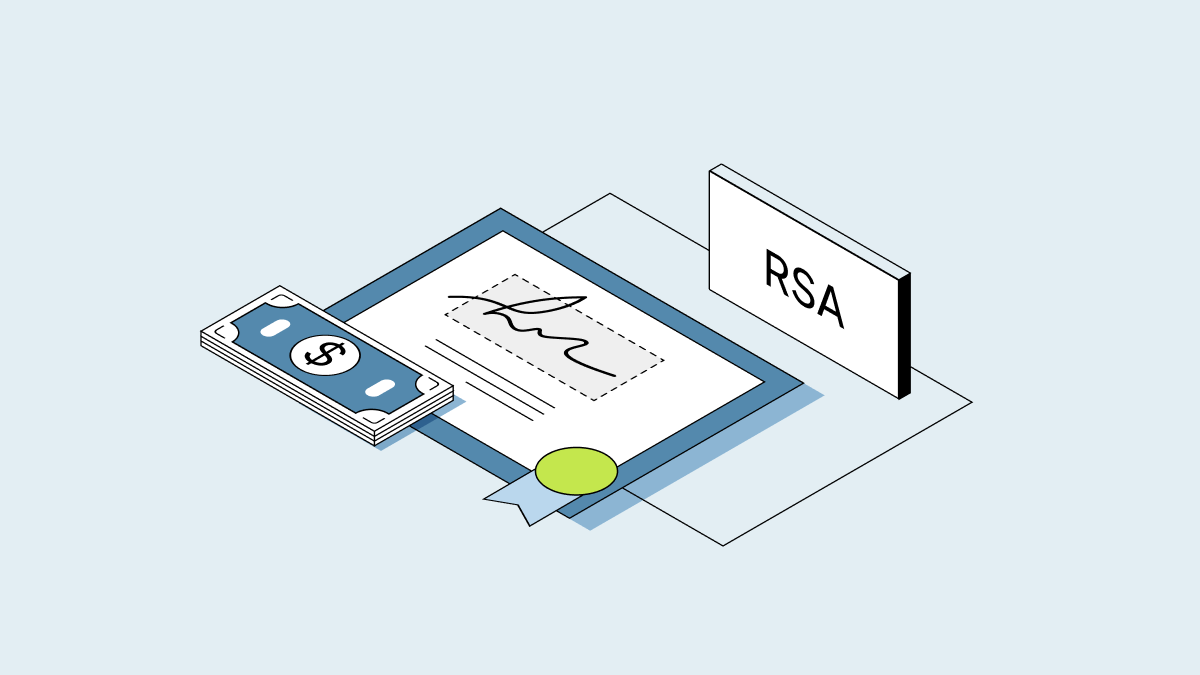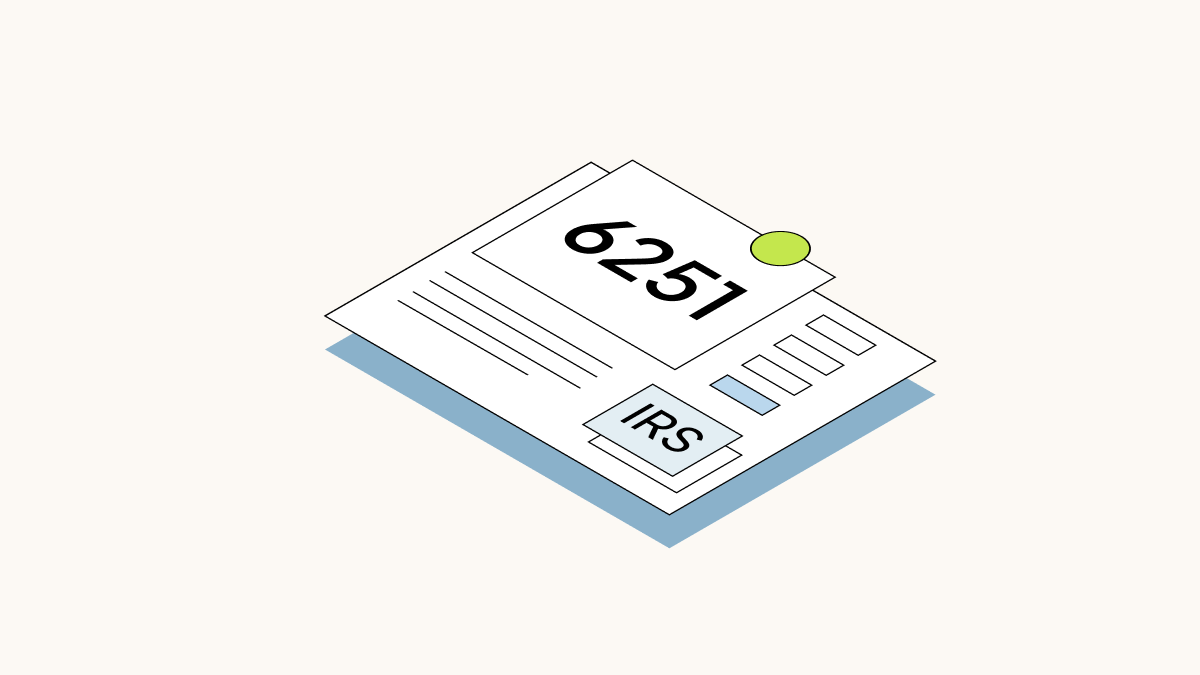What are capital gains?
Capital gains are any profits realized from the sale of a capital asset. These profits are classified as either short-term or long-term capital gains, depending on whether the asset was held for shorter or longer than one year. Long-term capital gains qualify for a lower tax rate than short-term capital gains, which are taxed at the same rates as ordinary income.
What assets are taxed as capital gains?
Most investment holdings and other important possessions are considered capital assets. Any profits from selling these assets are thus taxed as capital gains. Common examples of assets that might generate significant capital gains include:
-
Stock in a public or private company
-
Bonds
-
Real estate
-
Cars
-
Boats
-
Gems and jewelry
Other asset types are classified as noncapital assets and are not subject to capital gains tax but may be subject to other types of taxes. These may include:
-
Merchandise for sale to customers (inventory)
-
Patents, inventions, and copyrights
-
Certain commodities derivatives
-
Certain hedging transactions
Short-term capital gains vs. long-term capital gains
A short-term capital gain is any profit realized from the sale of a capital asset after one year or less of ownership. Short-term capital gains are taxed at the seller’s marginal tax rate, the same rate that’s applied to personal income. In other words, the government taxes short-term capital gains the same way it taxes your salary (income tax).
A long-term capital gain is any profit realized from the sale of a capital asset after more than a year of ownership. Long-term capital gains are taxed at a lower rate than short-term gains and income taxes.
|
Short-term capital gains |
Long-term capital gains | |
|
Length of ownership |
≤ one year |
> one year |
|
Tax rate |
Marginal (the same as ordinary income tax rate) |
Preferential rates (lower than ordinary income) |
Capital gains tax rates for 2023
Capital gains become taxable in the year those gains are realized. So if you sold stock in a private company in 2023, then you’ll owe capital gains tax when you file in 2024.
Short-term capital gains tax rate
Short-term capital gains are taxed at the seller’s marginal income rate. This rate ranges from 10% to 37%, depending on the filer’s income and filing status.
For the 2023 tax filing year (due April 2024), the marginal rates are as follows:
|
Income for single filers |
Income for married couples filing jointly |
2023 marginal tax rate |
|
> $578,125 |
> $693,750 |
37% |
|
> $231,250 |
> $462,500 |
35% |
|
> $182,100 |
> $364,200 |
32% |
|
> $95,375 |
> $190,750 |
24% |
|
> $44,725 |
> $89,450 |
22% |
|
> $11,000 |
> $22,000 |
12% |
|
< $11,000 |
< $22,000 |
10% |
Source: Internal Revenue Service (IRS)
Long-term capital gains tax rate
Long-term capital gains are taxed at a rate of 0%, 15% or 20%, again depending on the filer’s tax bracket and filing status. The long-term capital gains rate is lower than the marginal rate, sometimes significantly so.
|
Income for single filers |
Income for married couples filing jointly |
2023 long-term capital gains tax rate |
|
> $492,300 |
> $553,850 |
20% |
|
> $44,625 but less than or equal to $492,300 |
> $89,250 but less than or equal to $553,850 |
15% |
|
≤ $44,625 |
≤ $89,250 |
0% |
Source: IRS
For example, a married couple filing jointly with $400,000 in taxable income would pay a 32% tax rate on any short-term capital gains, based on 2023 tax rates. That same couple would pay 15% on any long-term capital gains. A single filer with $40,000 in taxable income would pay 12% tax on any short-term capital gains but a 0% tax on any long-term capital gains.
Long-term capital gains from a few select capital assets are taxed at a higher rate than most others. Most notably, long-term gains from the sale of art and other collectibles are taxed at 28%.
What is a capital loss?
Capital losses are the opposite of capital gains. If someone sells a capital asset for less than they paid for it, they incur a capital loss.
How are capital losses taxed?
Short-term capital losses and long-term capital losses receive the same tax treatment. In both cases, the taxpayer can use any capital losses to offset capital gains from the sale of other capital assets and reduce their overall tax bill. However, the maximum net loss you can claim in any year is $3,000, and any excess will carry forward.
Capital gains taxes & AMT for stock options
When you exercise stock options and sell the stock later for a profit, you’ll likely owe capital gains taxes. Whether you pay short-term or long-term capital gains taxes depends on how long you’ve held the stock, like any other capital asset.
Another tax to keep in mind specifically for incentive stock options (ISO) is the alternative minimum tax (AMT), which applies only to those who bought ISOs but sold them in a different tax year. AMT is calculated independently from your regular income tax calculation and you must pay whichever calculation is higher. You cannot use capital losses to offset any AMT income triggered by the exercise of your ISOs.
→ Learn more about stock option taxes.




